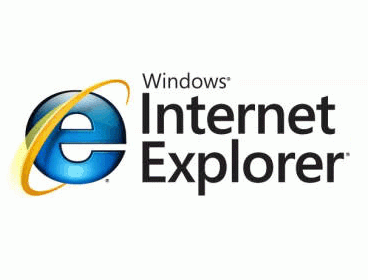Microsoft AimsTo Kill Internet Explorer 6

Microsoft is yet again trying to kill off Internet Explorer 6 -- ten years after the browser was released.
With The Internet Explorer 6 Countdown, Microsoft is continuing its attempt to bury its often-criticized browser, which was released in 2001 alongside Windows XP. Though worldwide usage numbers are currently at 12 percent, Microsoft's goal is to get that number down to just 1 percent.
But Internet Explorer 6 users are not making the process easy for Redmond. According to numbers published by California-based analytics company Net Applications, countries like China are fueling a surge in the IE6 usage. By Net Applications' metrics, over 34 percent of Chinese internet users are running the long-outdated version of Microsoft's Web browser.
Internet Explorer 6 is almost universally maligned as backwards and rife with security holes. Developers both inside and outside of Microsoft are both trying to leave the browser behind. The distaste from web developers is perhaps heard the most, as IE6's lack of compatibility with numerous web standards complicates Web development. One developer, Ryan Parr, has his own IE6 Death page, which expresses some of the frustration.
Other examples are a quote from Jeffrey Zeldman, who Businessweek called the king of Web standards, who said The hacks needed to support IE6 are increasingly viewed as excess freight. Or put more bluntly by Craig Grannell, another designer writing on bringdownie6.com, it might be time to take IE6 behind the woodshed and shoot it.
Security is a major issue. Though Microsoft has released two versions of Internet Explorer since the sixth version, the company still regularly rolls out updates nearly every month. And while it isn't necessarily the most insecure browser, its sheer ubiquity makes it a favorite target for hackers. IE6 was the default browser on Microsoft PCs for several years after its initial release, and the fact that Windows runs the vast majority of computers means many uses have it.
This is especially true in countries like China, where a good number of operating systems are running second-hand or pirated software, said Net Applications Executive Vice President Vince Vizzaccaro. China's famous for being the leader in application privacy, he said. IE6 from what we understand is the last version of IE that did not check for authenticity for Microsoft software.
To encourage those using pirated software to upgrade, Microsoft in 2007 implemented a similar feature for IE7, allowing even those users to ditch the older version of Internet Explorer. But it never caught on, and IE 6 soldiers on.
China isn't the only culprit, however. Japan, Saudi Arabia, South Korea, and India all sport exorbitant IE6 usage rates of over 10 percent. Usage in Finland and Norway, by contrast, hover under 1 percent, an example Microsoft would like emulated elsewhere. But both those countries have a lot of users of advanced technologies that demand the latest software. Mobile penetration is high in both nations, for example, and many sites there will be optimized for software such as Windows Phone 7.
Though Microsoft still commands over half of the browser market, that number has been steadily decreasing in recent years as Firefox and Chrome have increased their share. IE6's market share may erode over time as well, causing it to die of natural causes rather than behind the woodshed.
To contact the reporter responsible for this story call (646) 461 7294 or email r.bilton@ibtimes.com.
© Copyright IBTimes 2024. All rights reserved.











